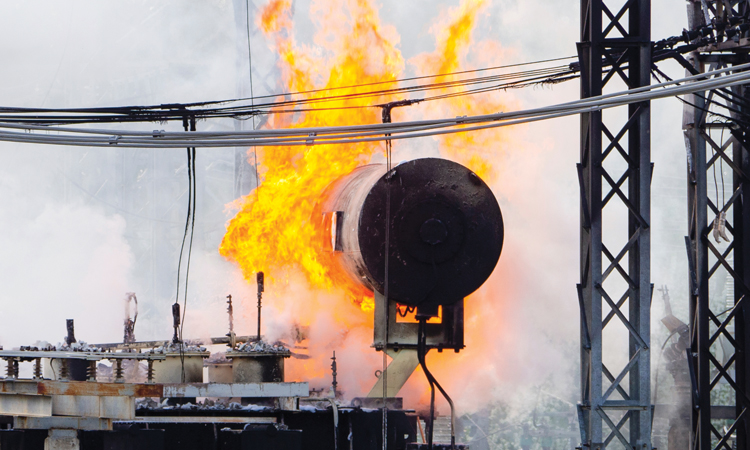Many factors, such as global economic developments and the climate crisis, have had a significant impact on energy generation costs. This situation gives us serious responsibility regarding energy conservation and sustainability. Therefore, I decided to write about the added value of oil analyses in the energy industry.
A safe flow of energy is essential for all large electricity distribution companies. Thus, power transformers are among the most important assets and investments. Therefore, these assets should continuously generate energy, and the equipment’s condition should be checked periodically to ensure sustainable operation. In several countries around the world, transformer fleets are operating beyond their design lives with above-average loads. Therefore, situation assessment for the oils used in the transformer is crucial, and it is one of the most reliable economic methods.
Electrical and thermal stresses on insulating materials in a transformer (arc, corona discharge, sparks, and overheating) may cause transformer malfunctions over time. As these tensions accumulate, the insulating materials will be damaged, resulting in the release of flammable gas. These gases can be detected in the transformer’s insulating materials using assay and reliable Dissolved Gas Analysis (DGA) techniques to determine the cause of the expected or observed malfunction. DGA can tell you whether your transformer is healthy and, if not, what kind of “disease” is expected, just like testing human blood or checking a human’s health.
Unlike routine oil sampling, it is important to take the samples in glass syringes in DGA; because it is intended to stop the sample’s contact with air and prevent interaction with the flammable gases in the oil. Since it may lead to incorrect sampling, incorrect assessment, and incorrect actions, we can say that it is the most crucial step of DGA.
The second step is the importance of preferring accredited institutions when performing laboratory analyses in accordance with the TS EN 60567 / ASTM D3612 method. Analyses that are not carried out in accordance with the method may cause a non-existent problem to be perceived as if it exists, or an existing problem to go undetected, resulting in serious problems.
The last step is to evaluate the rates of the released gases, CH4 (methane), C2H6 (ethane), C2H4 (ethylene) C2H2 (acetylene), CO (carbon monoxide), CO2 (carbon dioxide), and H2 (hydrogen), according to the analysis results, and it helps to detect possible malfunctions in the transformer (arc, corona discharge, sparks, and overheating) early. During the evaluation stage, it is critical to describe the transformer’s age, power, brand, model, and other details when determining the evaluation method. Therefore, the results should be evaluated by specialists.
It is accepted as the best method to determine a transformer’s general condition and is a universal practice.
To summarize, it is critical to include DGA tests in our maintenance plans for early warning of possible malfunctions, attitude controls for new and repaired units, scheduled maintenance downtime, and monitoring the units under potential excessive load conditions. I wish our awareness increases because the problem is those we fail to be aware of.













